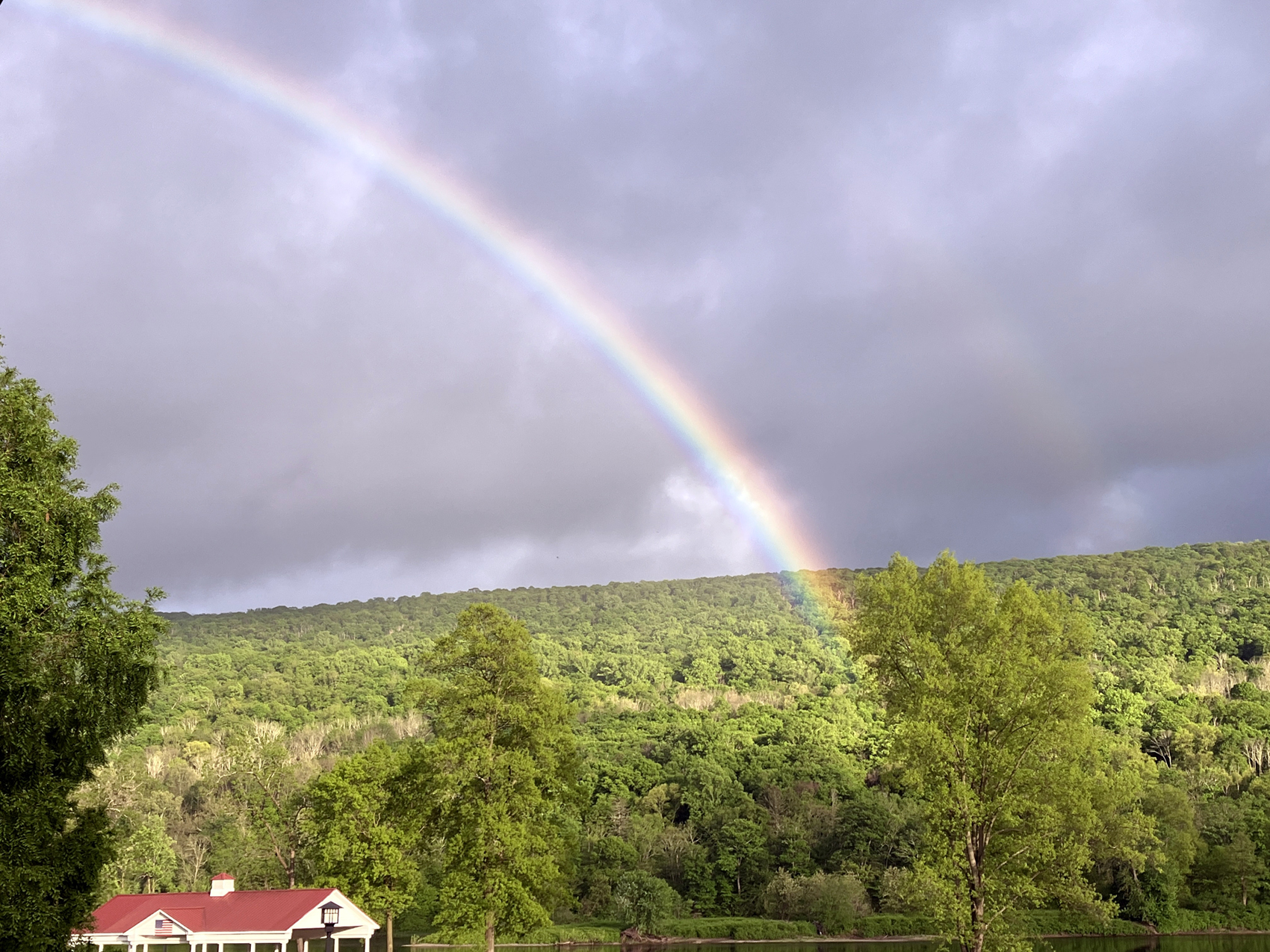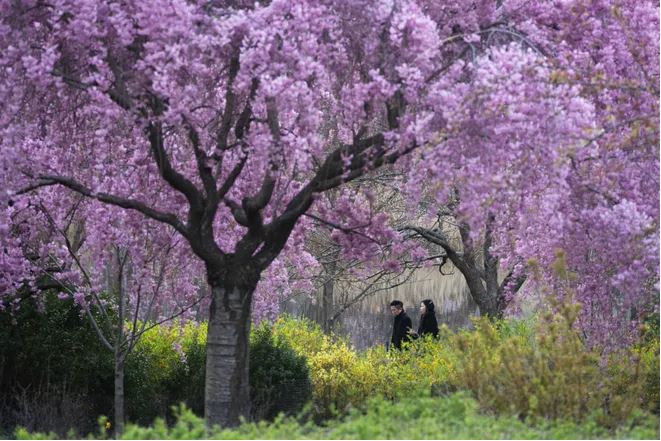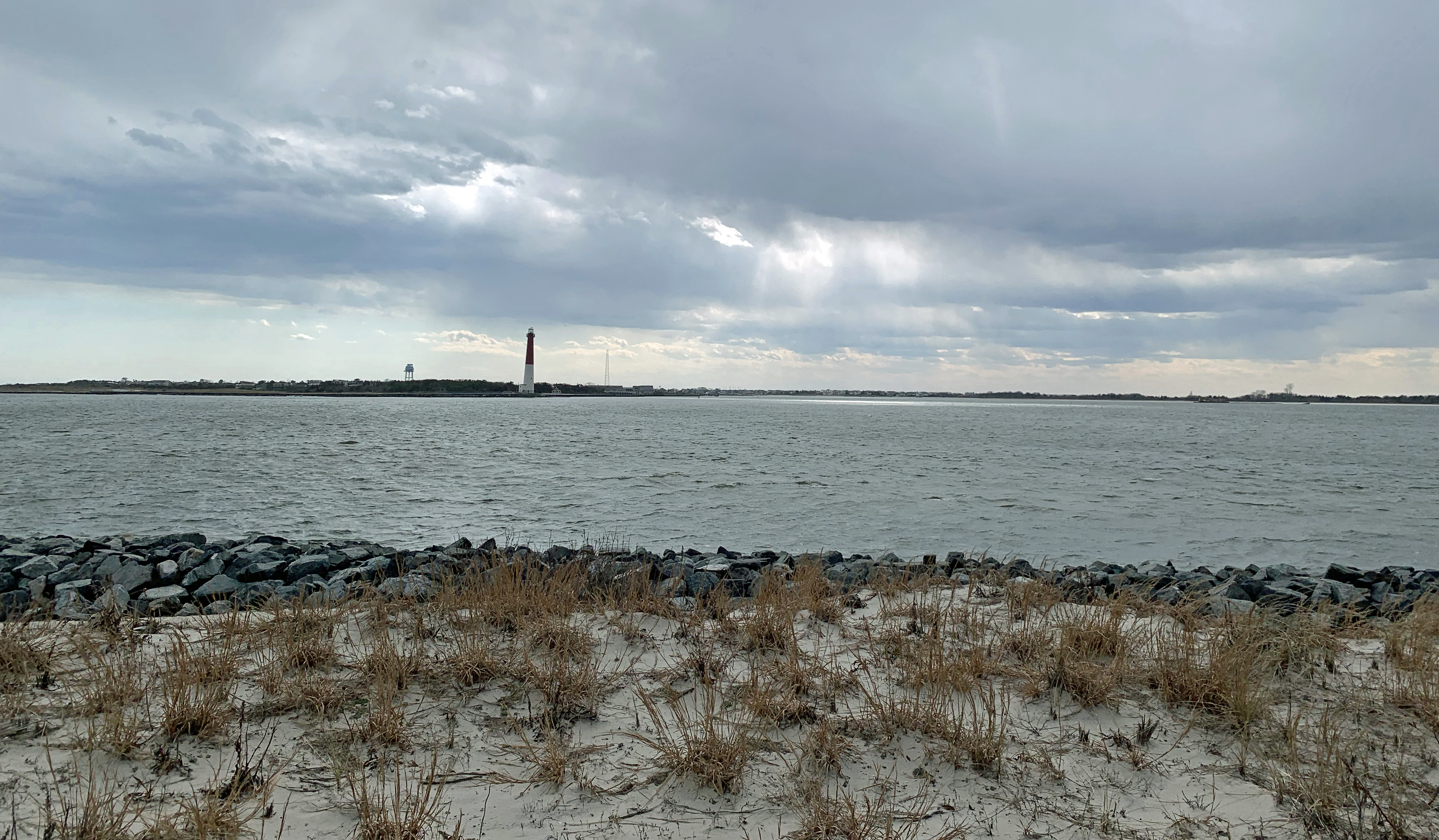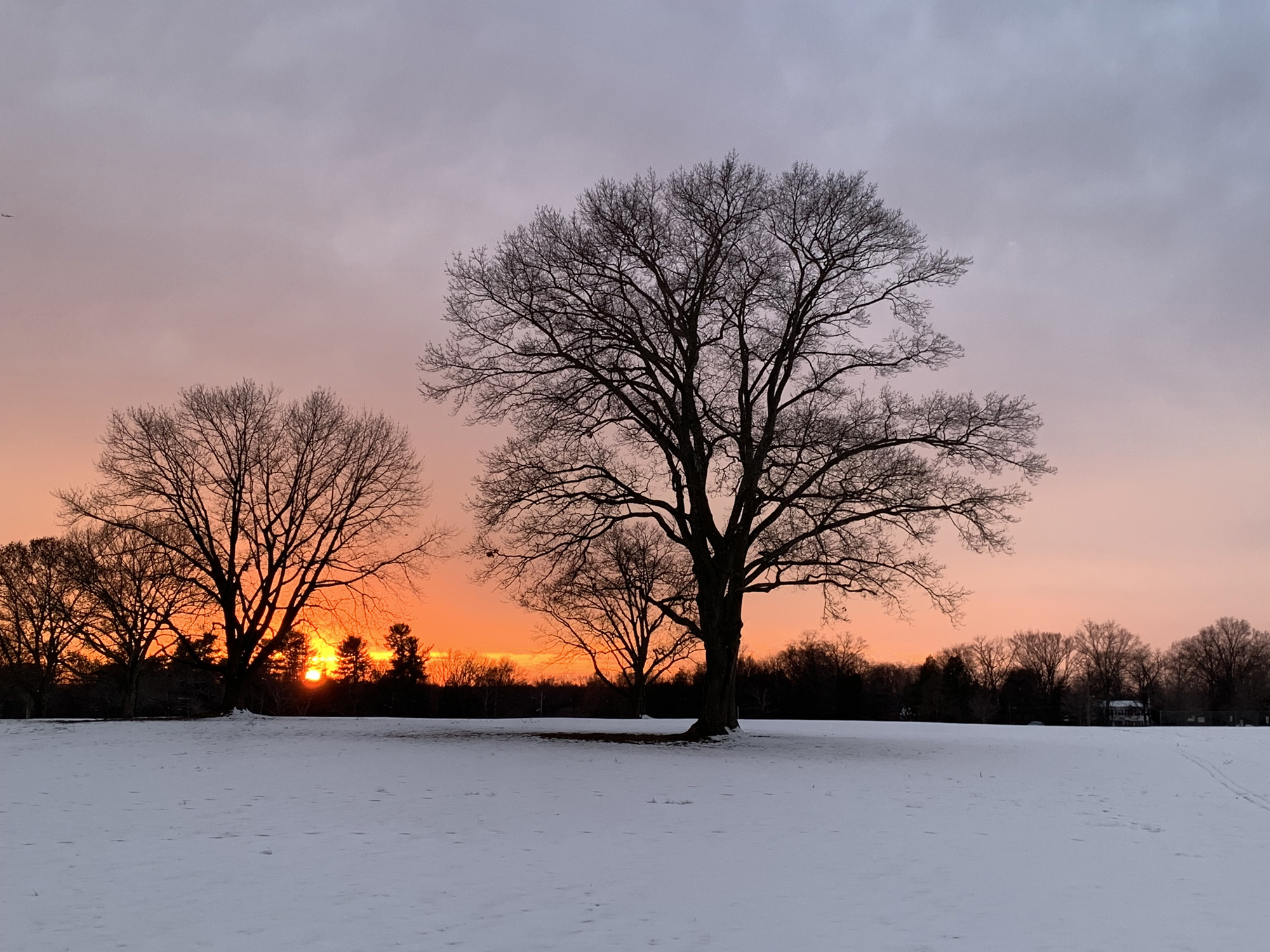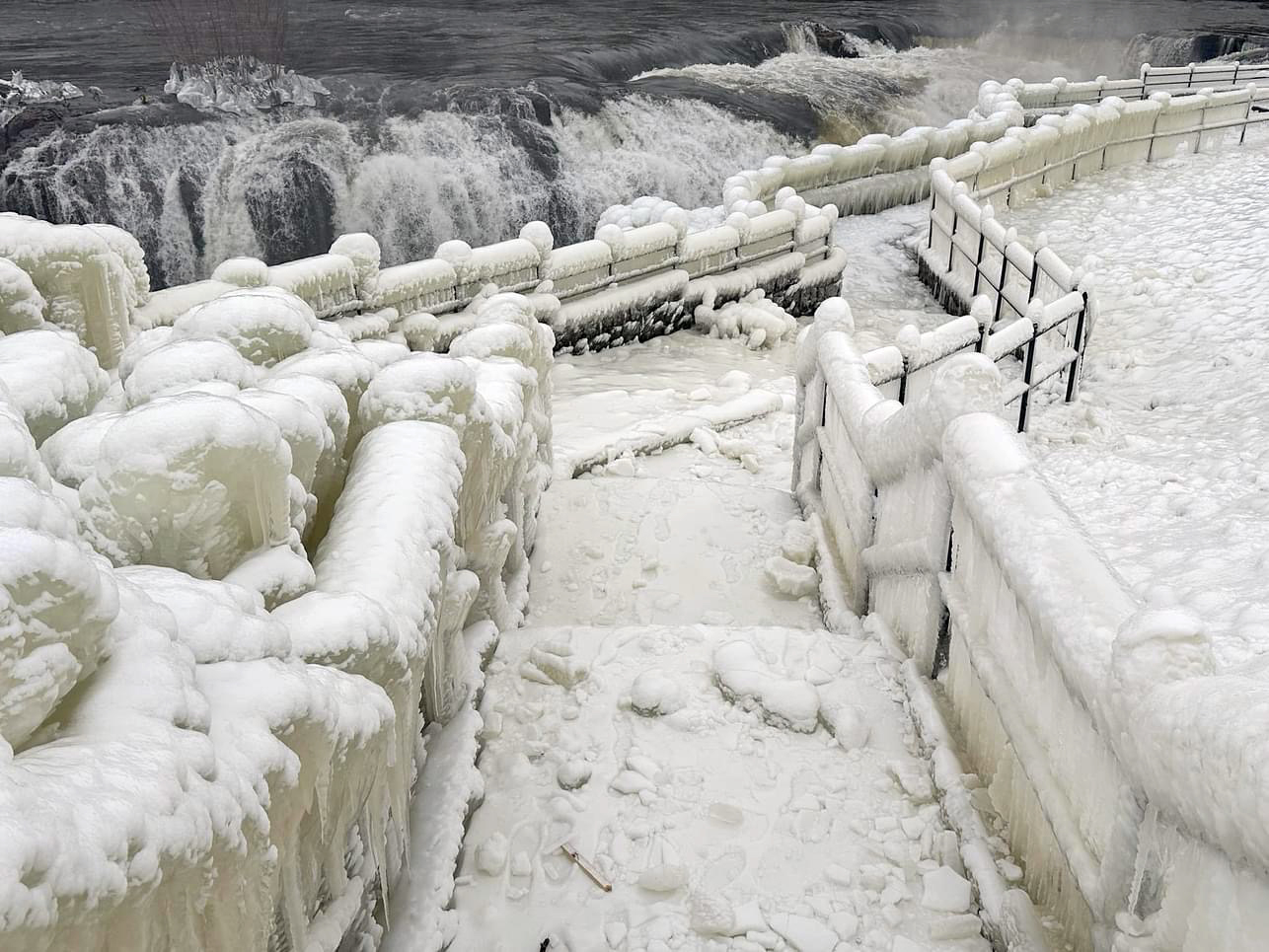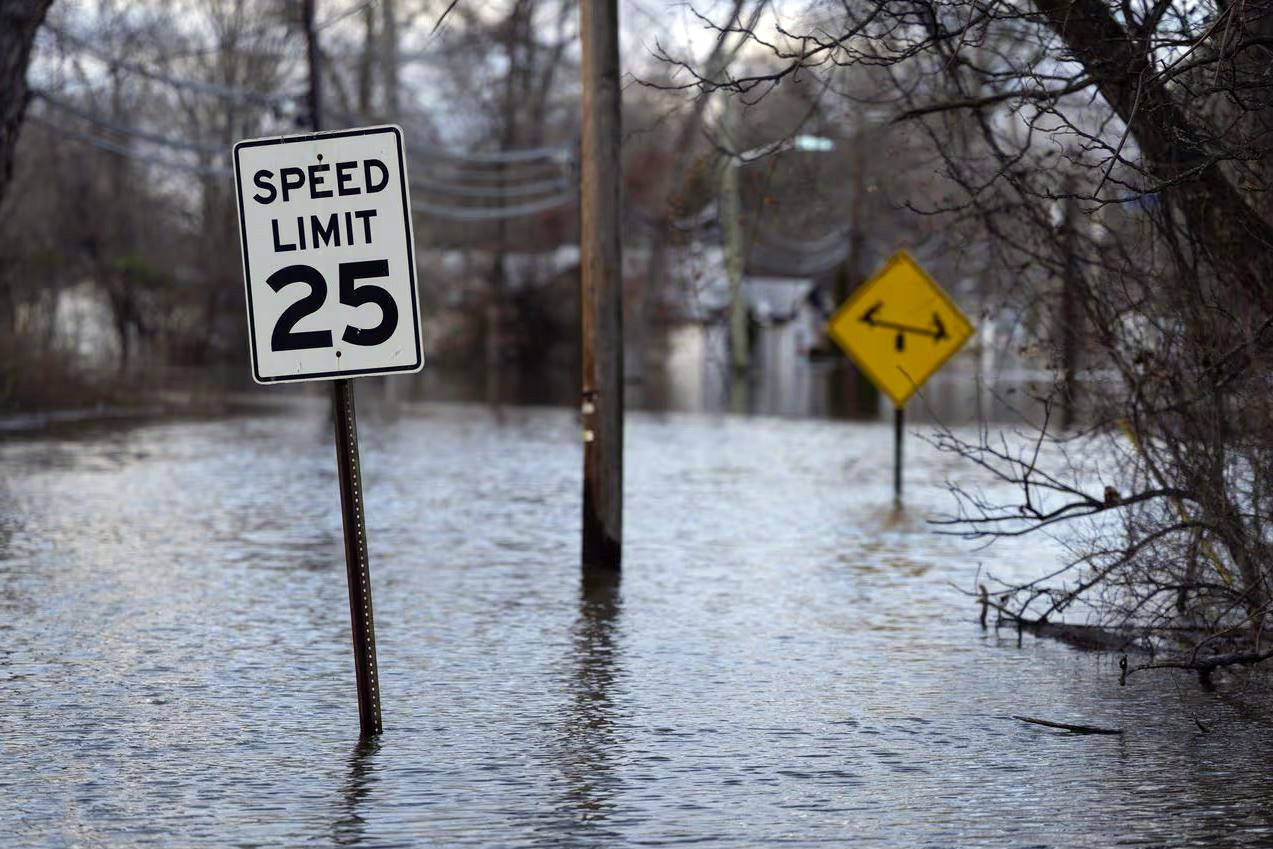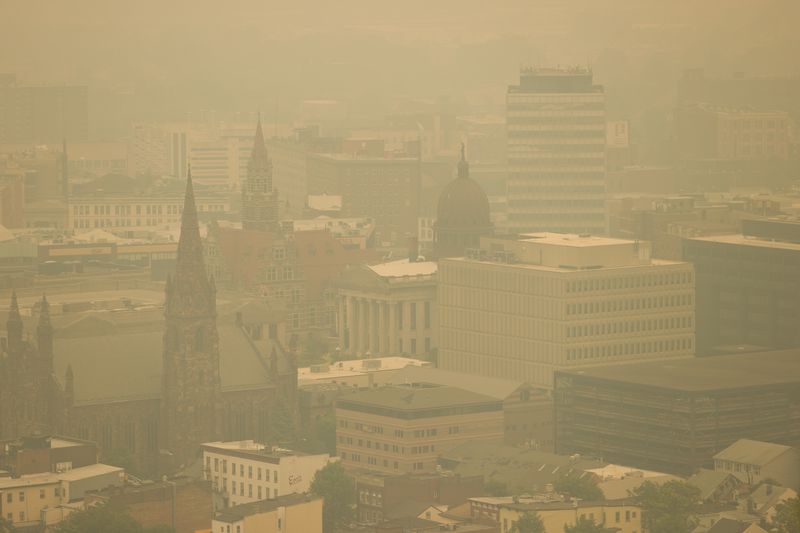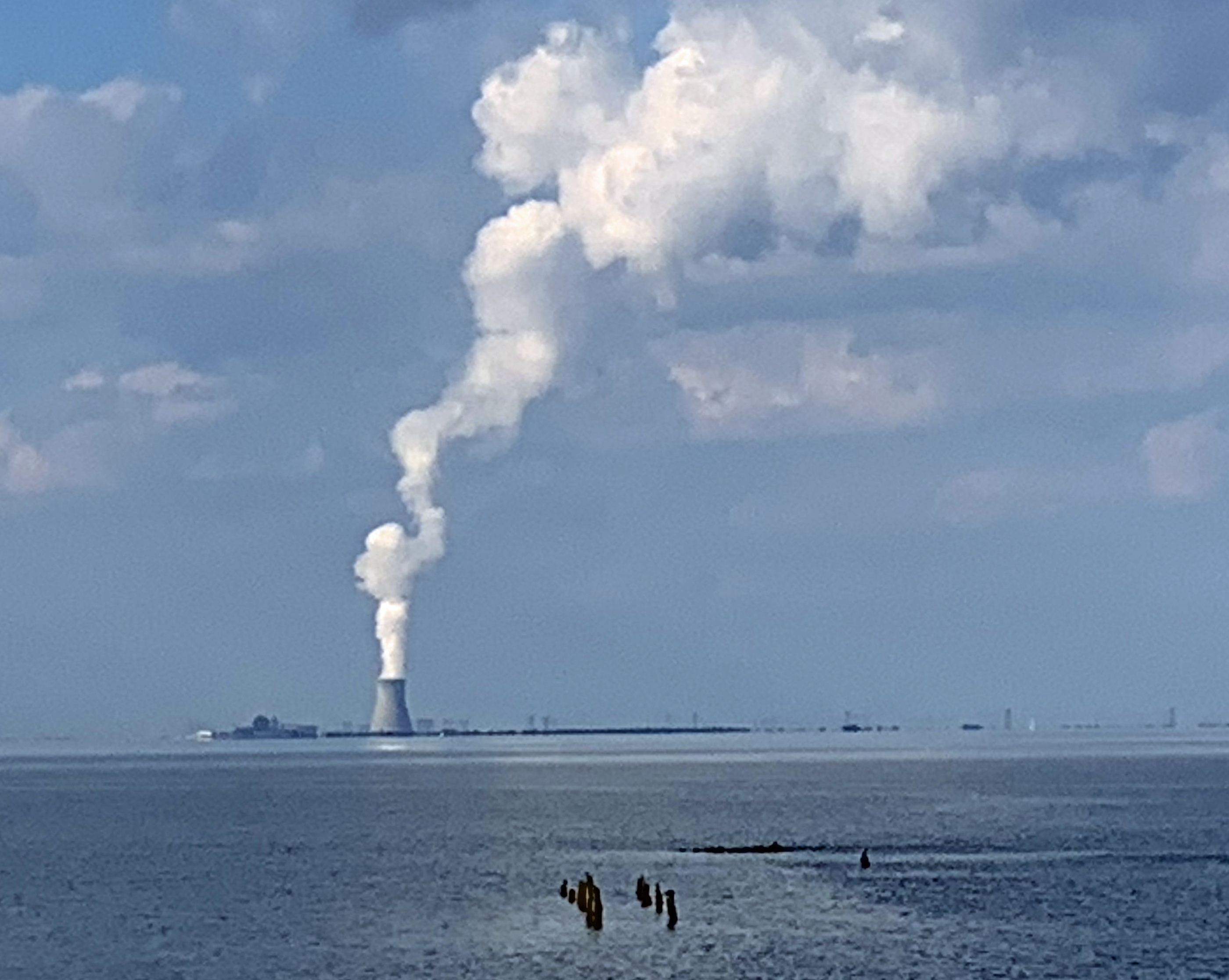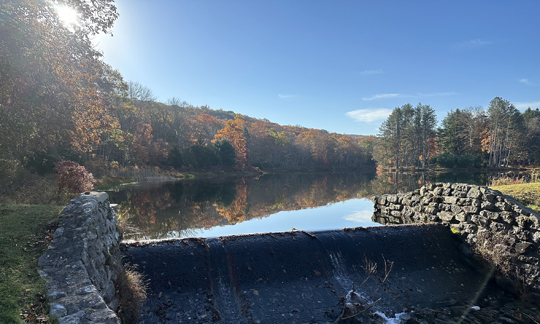Scorching: June 2024 and January–June Recaps
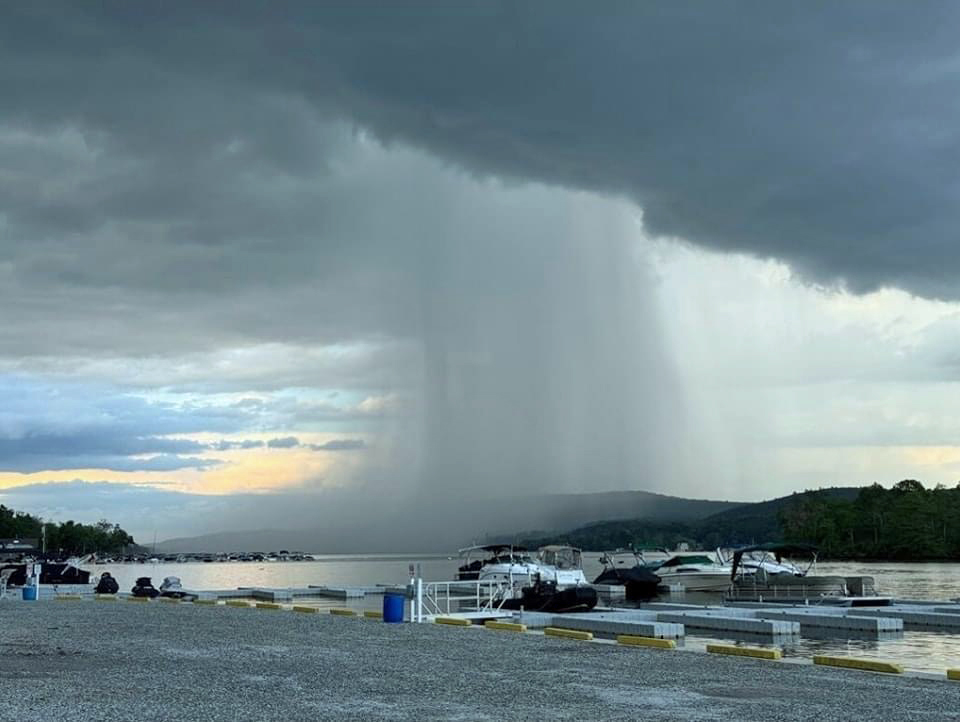
Above-average temperatures ruled in June. So, what else is new? As will be seen later in this report, the first half of 2024 ranked as the second warmest since statewide records commenced in 1895. June 2024 was also the 7th consecutive month with temperatures above the 1991–2020 average and 10th of the last 12 in that category. June itself came in as New Jersey’s 2nd warmest, tied with 1943 and just behind 2010. Six of the 11 warmest have occurred since 2005. The 73.6° average was 3.3° above normal. The average high of 85.1° was 4.1° above normal, tied for the 2nd warmest, and the average low of 62.0° was 2.4° above normal, ranking 4th warmest. Each of the three NOAA state climate divisions had their 2nd warmest June. The north averaged 71.7° (+3.1°), south 74.8° (+3.4°), and coast 73.8° (+3.3°).
As often occurs during the warm season, the rainfall pattern was a mixed bag as the month progressed and also across the state on any given day. Overall, the state experienced a dry month, with the majority of the state considered Abnormally Dry (D0) in the last US Drought Monitor assessment of the month. With some rain falling after the June 30th approximate 7–8 AM observing time of most National Weather Service Cooperative and Community Collaborative Rain, Hail, and Snow Network (CoCoRaHS) stations, any daytime or evening rain is entered into the record book as falling on July 1st. Thus, the official map below does not include some of the heavy post-observing time heavy rain in Cape May County the morning of the 30th nor rain occurring elsewhere in the state later in the day. For the month, the state average 2.74”, which is 1.56” below normal and ranks 28th driest. The north averaged 2.23” (-2.38”, 13th driest), south 3.07” (-1.07”, 49th driest), and coast 2.84” (-1.01”, 51st driest).


